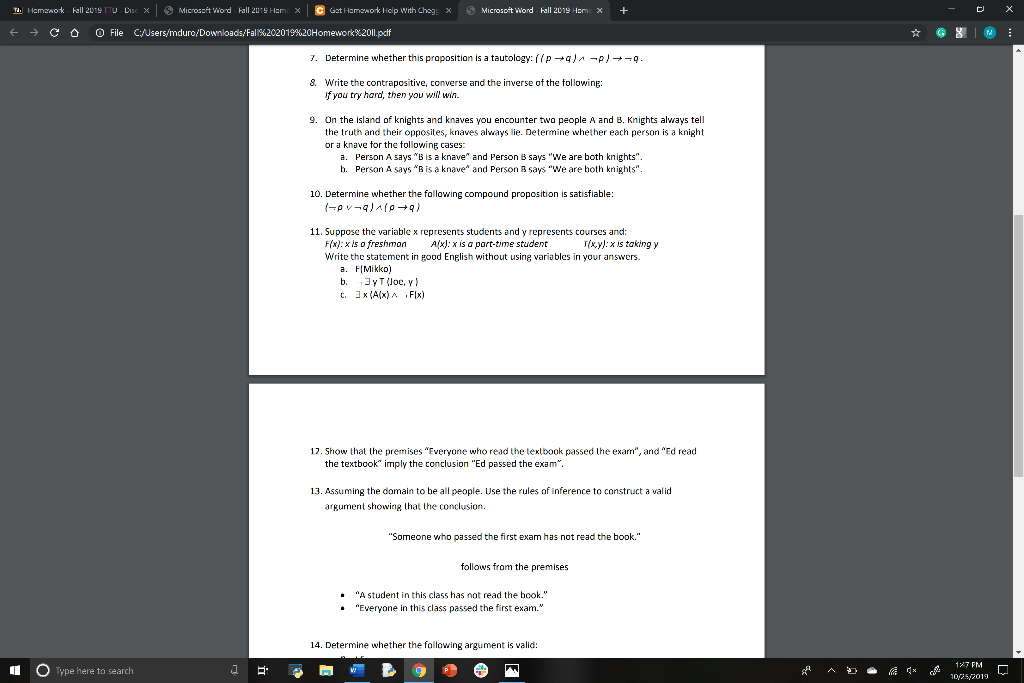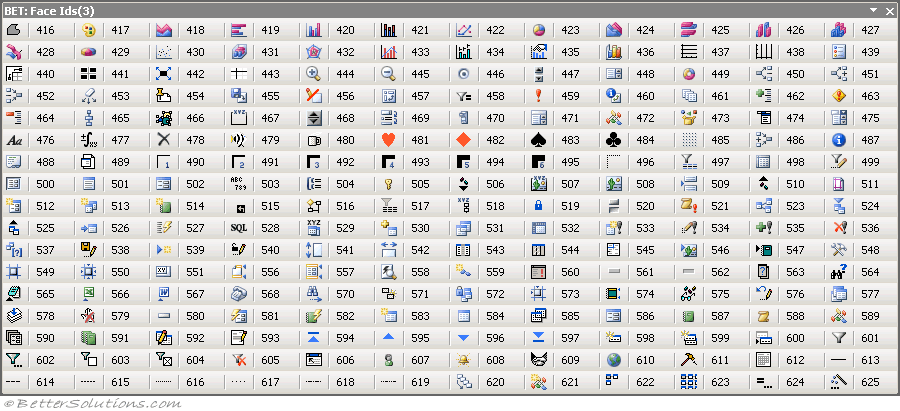
Library(text) # Used data (DP_projections_HILS_SWLS_100) has # been pre-processed with the textProjection function plot_projection $final_plot

Below we examine whether the harmony text and satisfaction text responses differ in meaning. It produces a p-value and estimate as an effect size.

The textSimilarityTest() function provides a permutation based test to examine whether two sets of texts significantly differ in meaning. Library(text) library(rio) # Load data that has already gone through textEmbed # The previous example only imported 10 participants # whereas below we load data from 100 participants wordembeddings <- rio :: import( "") # Load corresponding numeric variables numeric_data <- rio :: import( "") # Examine the relationship between harmonytext and the corresponding rating scale model_htext_hils <- textTrain(wordembeddings $harmonytexts, numeric_data $hilstotal, penalty = 1) # Examine the correlation between predicted and observed Harmony in life scale scores model_htext_hils $correlation textSimilarityTest(): Test the difference in meaning between to sets of texts For a more detailed description please see the word embedding tutorial

The example data that will be used in this tutorial comes from participants that have described their harmony in life and satisfaction with life with a text response, 10 descriptive words or rating scales. The textEmbed() function automatically transforms character variables in a given tibble to word embeddings. These word embeddings are then used to, for example, predict numerical variables, compute semantic similarity scores, statistically test difference in meaning between two sets of texts and plot words in the word embedding space. In short the workflow includes to first transform text variables into word embeddings. The data and methods come from the Kjell et al., 2019 ( pre-print), which show how individuals’ open-ended text answers can be used to measure, describe and differentiate psychological constructs. Using the add-in you can easily manage and incorporate document variables in your document design and more fully utilize the power of Word.ĭeveloped in collaborative effort with long time friend and Word MVP Graham Mayor, we decided to incorporate features for working with document variables, content controls, bookmarks and document properties in one convenient location.The text-package uses natural language processing and machine learning methods to examine text and numerical variables.Ĭentral text functions are described below.

Until now, for many users, they remained "Hidden Gems in Word."ĭocument variables can be used to store all manner of information for use in a document. While you can insert references to any existing document variable with the Word field "DocVariable" using the user interface Insert>QuickParts>Field (or for Word 2003 use Insert>Field), Word does not provide a convenient method for managing document variables or the data they store. Now it provides a link to a new easy to use Word template add-in that makes creating, editing and using document variables available to every day Word users. This Microsoft Word Tips & Microsoft Word Help page has a new purpose!Īt one time it provided a description of my Document Variables template add-in.


 0 kommentar(er)
0 kommentar(er)
